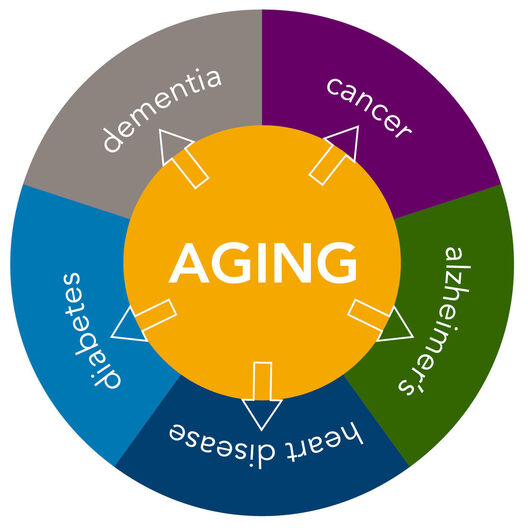Philanthropic Opportunities
Create a funding consortium to support basic and applied academic research in geroscience, especially for early innovators entering the field.
Create a biotech incubator to provide small companies with seed money as well as professional, scientific, and entrepreneurial advice.
Fund innovative clinical trials such as TAME (Targeting Aging with Metformin) whose disruptive, innovative nature may seem too risky to traditional or federal funders.
Create a Geroscience-focused foundation that would leverage initial investments to produce sufficient patents and sustain long-term activities.






